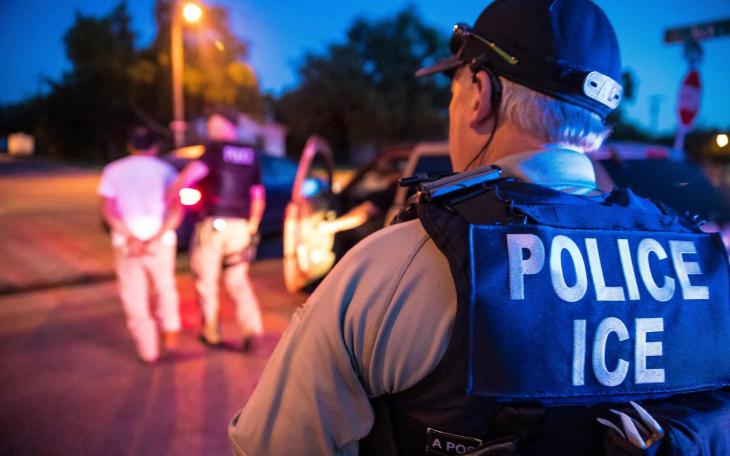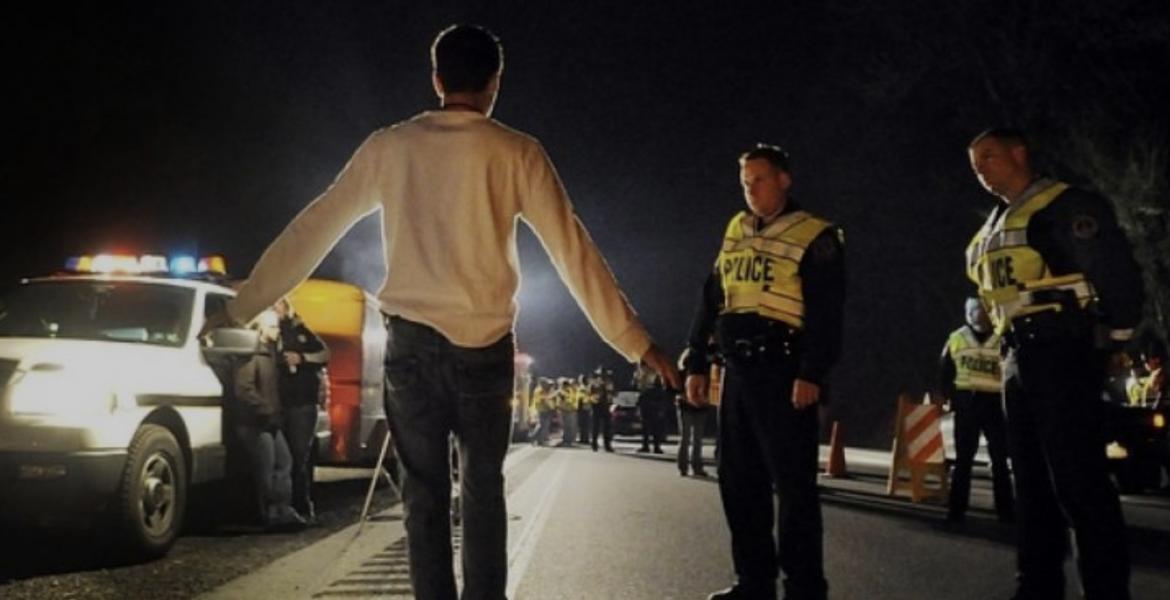SAN ANGELO, TX – Deliberations for Ray Zapata began yesterday afternoon after attorneys presented their own version of the facts. The defense’s approach consisted largely of pointing out that the state’s case created a money laundering chain that seemed to leave out two key components, Chris Hartman and Juan Marquez, who had not been indicted on any charges. In response, the state presented a very eloquent argument that found ways to tie Zapata to the all of the charges of the case.
Zapata was indicted on four charges that included one count of forgery for handwriting John Sullivan’s holographic will, one count of forgery for testifying to the validity of the will in the probate hearing, one charge of theft that resulted when the money that was essentially misappropriated by Zapata from the Sullivan estate via Sullivan’s criminal defense attorney and heir of the forged will, and finally one charge of money laundering for receiving funds that had been acquired from criminal activity.
Summations began with second-seat prosecutor John White presenting a detailed description of the charges and the evidence the State had against Zapata. In a very methodical presentation, White laid the outline that would allow lead prosecutor Shane Attaway to present a closing argument that greatly appealed to the emotions of the jury.
Issues such as Zapata’s partner in the joint venture to bail Sullivan out of jail, Armando Martinez, and his testimony that stated Zapata was more concerned with finding a copy of the John Sullivan’s signature rather than calling the police right away when they found Sullivan’s naked body in Sullivan’s home’s bathroom, or the fact that Zapata took a picture of the dead body that was then sent to John Young, were stressed.
White argued this was an accurate portrayal of who Zapata was, even though the character witnesses presented by the defense suggested that Ray Zapata was a man dedicated to his community and willing to help anyone in need.
The effort that was taken to conceal the money trail that had been presented by the State was also taken as an indication that Zapata knew that the transactions that handed him $65,000 were unlawful.
“[They] didn’t want anyone to find it, but we found it anyway.” White said.
Defense Attorney Mark Snodgrass began his presentation stating, “So much of this trial was not about Ray Zapata.” He was referring to the fact that certain witnesses talked about either John Young’s involvement in the ordeal or the witnesses’ interactions with John Sullivan that the state argued showed that he would have not wanted his estate to be handled the way it had been.
Even though he stated he had no reason to question the fact that Louise Chabot was in fact Sullivan’s half-sister, he failed to see how her testimony had anything to do with the case at hand. The fact that Sullivan had mentioned to several individuals that he was an orphan also showed, in his explanation, that the will he proposed was written by Sullivan was accurate, and true to Sullivan’s wishes before his death.
The handwriting analysis was also a major point of contention for Snodgrass. He repeatedly pointed out that the handwriting analyst had only found indications that Ray Zapata may have written the will. She was not conclusive in her judgment. He argued this opened the door to the possibility that Zapata was not guilty of the forgery which would subsequently mean he was innocent of the rest of the charges.
The final point that was made was the fact that Juan Marquez, the Dallas attorney through which funds to Zapata were funneled, and Chris Hartman, John Young’s attorney and the probate attorney for Young, appeared to be walking away from this ordeal without facing any implications. If the State’s theory was true, then both of those individuals should have been charged at the bare minimum with money laundering. Hartman, as the lawyer who probated the will, and Marquez, as the friend who had lent Zapata his bank account, were active participants in the transactions. Hartman was never called to the stand by the prosecution, and Marquez was not indicted.
He argued that if Zapata had been involved with any type of sinister plan why would he “help someone steal $5 million dollars for just $65,000.” The $65,000 was in reference to the money that Zapata had received for what Young argued was the payment for essentially “babysitting” John Sullivan before his death at an hourly rate of $100. He asked the jury to return a verdict of not guilty on all four counts.
The climax of the trial began when Attaway delivered the final arguments for the state. He stated that John Young and Ray Zapata had seen a window of opportunity when they became acquainted with John Sullivan. They had found an elderly client that no one liked and with charges of sexual misconduct with children hanging over his head. Yet, Sullivan was very wealthy with no family to leave his fortune to.
The details regarding the discovery of the body, the timing of the probating of the will, the cleaning out of Sullivan’s house and disposing of documents, the money trail and the motive of pocketing $5 million dollars were enough evidence for Attaway to consider Ray Zapata guilty of all the charges he faced.
In what was a slightly sarcastic tone, Attaway implied that the money trail was a clear indicator of the fact that the Zapata had been part of a plan to keep the Sullivan estate for a few individuals instead of leaving it to the rightful heirs. He asked the jury if it was customary for their employer to pay them by writing a check to another person who then gave the money a to second individual and then finally the money went to the employee. The facts that Zapata had returned the money, even after he had spent most of it, back up the theory of money laundering. The money trail was a warning flag, said Attaway.
He concluded by asking the jury if they would “allow crimes like this in your county” and asked, “who would be the next victim” of a crime like this. In his final statement, he asked the jury to return with a verdict of guilty on all four counts.
“When you return the verdict of guilty you won’t be telling this defendant something he doesn’t already know,” he concluded.
Several of Ray Zapata’s family members and friends were present in the courtroom to show their support during the reading of the verdict. The punishment phase will begin Wednesday afternoon for Zapata.
Zapata was convicted on two counts of Forgery of a Financial Instrument, a state jail felony; one count of money laundering greater or equal to $20,000 but less than $100,000; and one count theft of property greater than or equal to $200,000.
The conviction for theft of property is a first degree felony, punishable with five to 99 years in prison.
Money laundering is a third degree felony punishable with three to 10 years in prison.
Each of the counts of forgery is a state jail felony, each with a punishment of 180 days to two years.
The jury who convicted Zapata Tuesday will decide his sentence Wednesday afternoon.
Subscribe to the LIVE! Daily
Required






Post a comment to this article here: